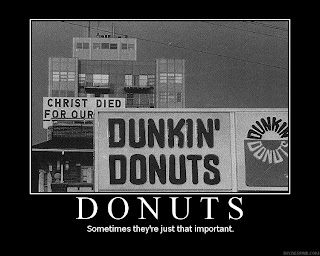Doctor X (1932)
Starring: Lionel Atwill, Fay Wray and and Lee Taylor
Director: Michael Courtiz
Rating: Eight of Ten Stars
A killer is stalking Gotham, butchering women--young and old--with a scalpel and surgeon-like precision. When the police turn their investigation toward the medical research institute operated by Dr. Xavier (Atwill), he hopes to prevent the entire institute from being tarred by scandal by conducting a scientific experiment that will identify the killer on his staff. With the moral support of his beautiful daughter (Wray) and a wisecracking crime-beat reporter (Taylor) standing by for the scoop of the decade, Xavier brings his colleagues to his isolated country house... where the murderer soon proves himself quite unwilling to submit to Xavier's experiments, but not so shy about stabbing the house guests.

"Doctor X" is a fun little film that mixes the mystery, comedy, romance, and horror genres into a bubbling cauldron of craziness. From the collection of four surgeons at Xavier's institute, each more suspicious and apparently crazy than the one before; to Xavier's creepy butler; to Xavier himself, the cast of characters here provide a rich pool of suspects. Wray and Taylor offer something attractive to look at amidst the strange collection of doctors and the bizarre, shadow-haunted scenery of the picture, with Wray presenting both radiant beauty and a very charming, very smart character. (In fact, Wray's beauty surrounded by the calculated ugliness of the rest of the film is a contrast that heightens just about every aspect of the film.
Something that will strike viewers coming to this film without foreknowledge--as I did--will be struck by the fact that instead of the expected greys and blacks, the film appears to be in sepia tones... until Wray makes her first appearance on screen, wearing a dress that's a startling, vibrant green in among the shadows and reddish-brown tones of the majority of the scenery. Later, there are other splashes of red and green; "Doctor X" was shot in an early version of Techicolor, and, while I found the reddish and/or greenish tint that was cast over everything generally tiresome, the bright splashes of concentrated color wow'ed me every time they appeared.
As a historical artifact in the development of film techniques, or just as a fun little comedy/thriller that's crammed to the brim with mad scientists, "Doctor X" is a movie that I think any lover of classic films will enjoy immensely.
The Return of Doctor X (1939)
Starring: Wayne Morris, Dennis Morgan, John Litel, and Humphrey Bogart
Director: Vincent Sherman
Rating: Six of Ten Stars
After being fired from his job for making up a false news story about finding a famous actress murdered--who shows up quite alive and intent on suing the paper--journalist Walter Garnett (Morris) turns to a close friend and surgeon (Morgan) in an attempt to figure out how he could have mistaken a live woman for a dead body. The answer he finds is stranger than anything he could imagine, and he soon finds himself up to his neck in creepy MDs, including the strange Dr. Quense (Bogart).

"The Return of Doctor X" has nothing in common with the original "Doctor X" film, except that they were produced by the same company. There is no character or story similarity, despite the presence of murderous medical professionals and a character with the last name of "Xavier", as well as a wise-cracking reporter character. However, where "Doctor X" was a comedy with heavy doses of suspense and a touch of horror, "The Return" is a straight-forward horror movie with a heavy dose of comedy. The first movie was also far more impressive in its camerawork and set design, and this film, while competently filmed, suffers greatly by comparison.
This is a decent enough flick, if completely forgettable. Big-time Humphrey Bogart fans may get a kick out of seeing him in a role quite different from anything else he did during his career, but otherwise, this is the kind of movie to load in a multi-disk DVD player for use as background noise during a Halloween party.






























.jpg)
